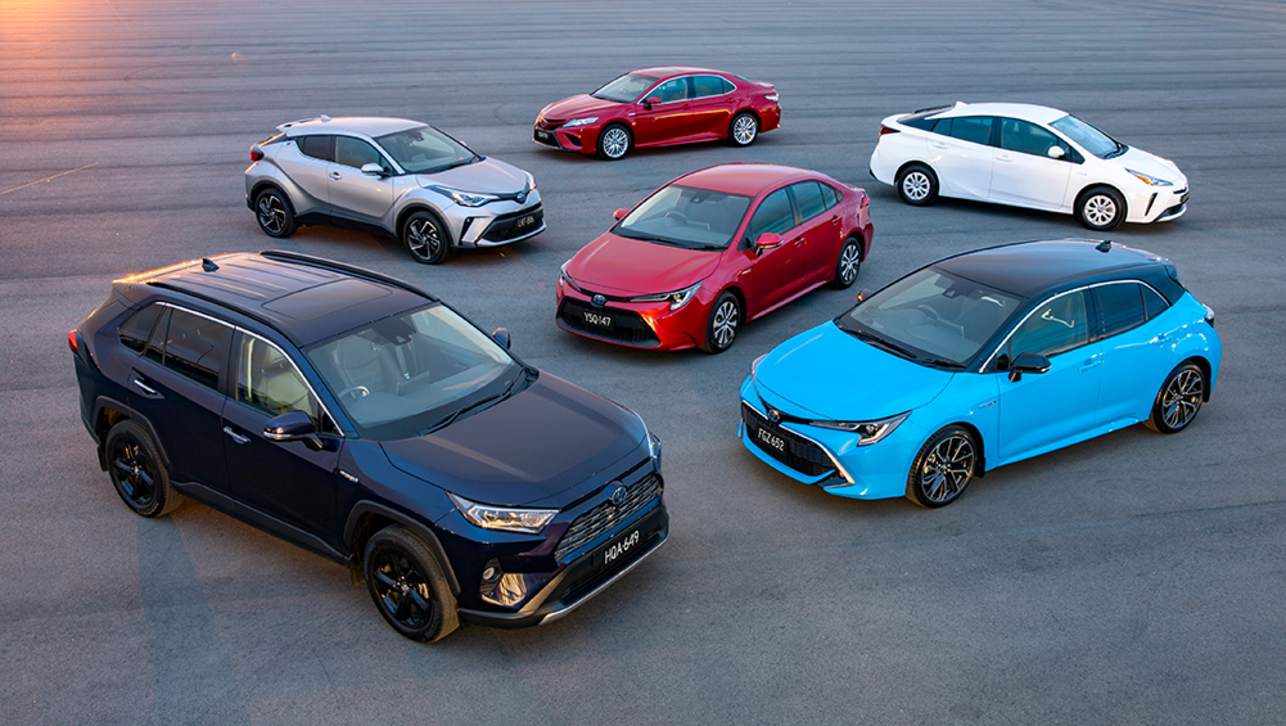Toyota unveiled a striking new Prius last week in Los Angeles, but there’s uncertainty over whether or not this new hybrid hero will make it to Australia.
Good, because we don’t need it anymore.
More to the point, Toyota doesn’t need it, certainly not in Australia where we have embraced the very technology the Prius was created to promote. The Prius arrived in 2001 as only the second hybrid model on sale in this country (behind the Honda Insight) and didn’t get a warm welcome, with just 137 sold in that first year.
But Toyota stayed the course and over time the Prius and its then-new hybrid powertrain technology began to make an impact and grow in popularity. Eventually the Prius became the poster child for environmentally friendly motoring, with even movie stars including Leonardo DiCaprio rolling around Hollywood in his affordable Toyota in years gone by.
That was then and this is now, and the world this all-new Prius arrives into is a very different proposition. Toyota doesn’t need a technology flagship that demonstrates its hybrid technology because in Australia they sell tens of thousands of hybrids every year.
In 2001 the brand sold 137 hybrids (all Prius) but 20 years later, in 2021, Toyota Australia sold more than 65,000 hybrids across multiple models. That figure represents 29.2 per cent of all models sold locally last year.
In 2022 it has eight models with a hybrid powertrain developed from the Prius - Yaris, Corolla (sedan and hatch), Camry, Yaris Cross, Corolla Cross, C-HR, RAV4 and Kluger. According to the company it has sold just under 60,000 hybrids this year (59,995 to the end of October, to be precise). This makes up 30.8 per cent of all sales and a whopping 49.8 per cent of the brand’s passenger cars and SUVs once you remove commercial vehicles.
Why would Toyota need the new Prius - good looks or not - in this line-up? What does it offer that those eight models don’t?
The harsh reality is this - the Prius did its job so well it has made itself redundant.

The only possibility for the new Prius to help Toyota Australia would be if it was offered locally with the new plug-in hybrid powertrain. This new PHEV version combines a 2.0-litre petrol engine and an electric motor to make 164kW of power while using just 4.1-litres per 100km.
That’s fine, but not only is PHEV a well-established technology in Australia with several models on sale already, there’s a move away from it as full-battery electric vehicles become more efficient and appealing to consumers.
When you consider plug-in hybrids are unlikely to play a major role in Toyota Australia’s short-term future it only adds to the argument that there’s no logical argument for the brand to re-introduce the Prius in Australia.
.jpg)
The word ‘prius’ means ‘original’ or ‘to go before’ in Latin, and frankly offering a hybrid (plug-in or not) is not original anymore. Toyota needs to look to the future, specifically full-electric vehicles, as that is the market direction and the brand that has led on electrification for so long currently doesn’t offer an EV.
That will change in 2023 when the bZ4X all-electric SUV arrives in the second half of the year. This will become Toyota’s ‘new Prius’, a new technology flagship that will help lead the brand into a new era. Given the impact the ‘old Prius’ had on the brand, there’s a lot of pressure riding on the back of the bZ4X.
But it’s only fitting that its arrival should herald the end of the road for the Prius as we know it in Australia…






.jpg)
.jpg)

.jpg)




.jpg)
.jpg)
_0.jpg)





.jpg)
.jpg)
.jpg)


.jpg)


Comments